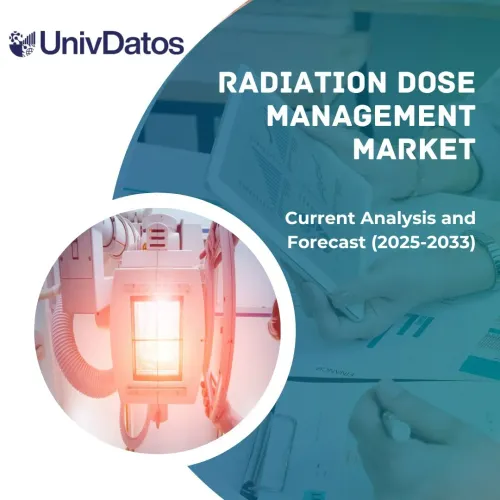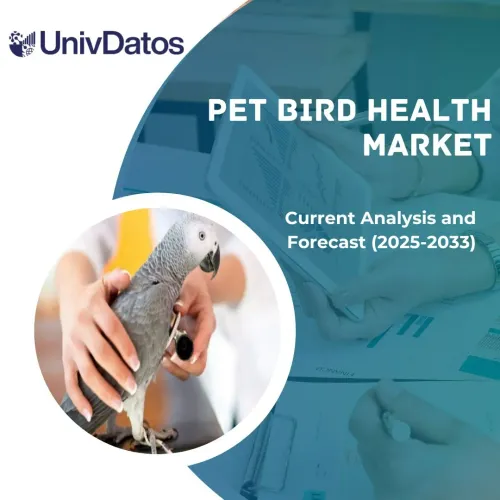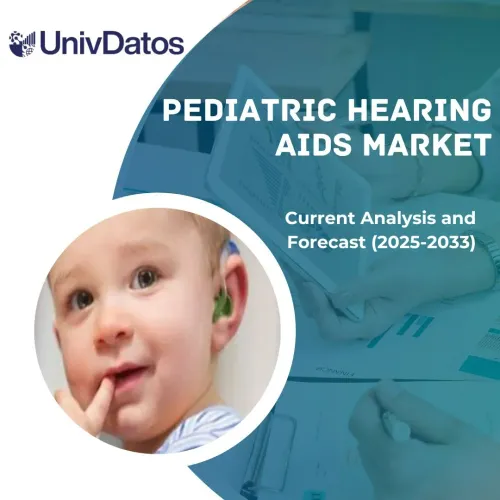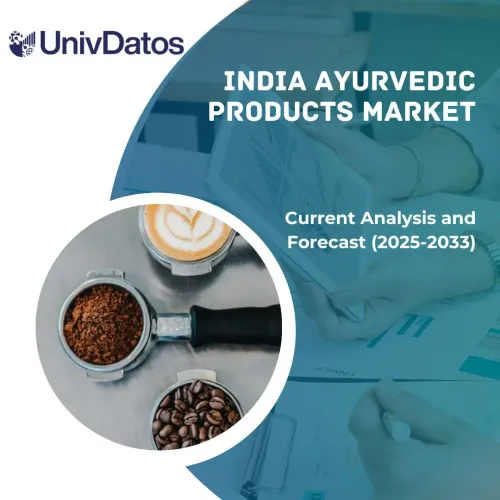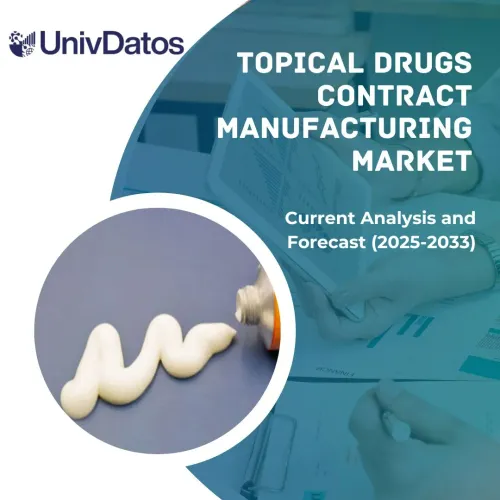
대장직장암 시장 규모 및 예측
대장직장암 시장은 2023년에 약 190억 달러의 가치를 보였으며, 고령 인구에서 특히 증가하는 전 세계 대장직장암 발생률로 인해 예측 기간(2024-2032) 동안 약 4%의 상당한 연평균 성장률(CAGR)을 보일 것으로 예상됩니다.
대장직장암 시장 분석
대장직장암으로 지칭되는 결장 또는 직장암은 대장에서 시작됩니다. 결장 또는 직장암은 종종 결장 내벽에서 발생하는 폴립으로 알려진 비암성 세포 성장에서 시작됩니다. 일부 폴립은 시간이 지남에 따라 악성 종양으로 성장합니다. 대장직장암은 폐암, 유방암, 전립선암 다음으로 가장 흔한 암 유형 중 하나이며 매년 3백만 명 이상에게 영향을 미치는 것으로 추정됩니다. 일부 합병증으로는 배변 곤란/변화, 혈변, 복부 통증 또는 설명할 수 없는 체중 감소가 있습니다.
이 시장은 제약, 생명공학 또는 의료 기기 제조 사업에서 성공할 수 있는 엄청난 성장 잠재력을 제공합니다. 다양한 이해 관계자가 증상 관리 및 질병 진단에 대한 더 나은 접근 방식을 개발하기 위한 끊임없는 노력으로 인해 경쟁이 계속 증가하고 있습니다. 예를 들어, 2023년 10월 22일, Amgen은 KRAS G12C 돌연변이를 가진 화학 요법 내성 전이성 대장직장암(mCRC) 환자에서 Vectibix(panitumumab)와 함께 LUMAKRAS(sotorasib) (960mg 또는 240mg)의 두 가지 용량을 평가하는 글로벌 3상 CodeBreaK 300 시험 결과를 발표했습니다. 두 용량 모두 연구자가 선택한 치료법에 비해 무진행 생존 기간(PFS)에서 통계적으로 유의한 개선을 보였습니다.
또한, 표적 치료법 및 기타 기술(예: 면역 요법)과 같이 분자 표적을 목표로 하는 특정 치료 옵션은 환자의 선택을 확대합니다. 암 연구 및 인식 프로그램을 위한 정부 및 민간 자금 지원 증가 또한 시장 성장을 촉진하는 데 도움이 됩니다. 또한 선진국 및 개발도상국에서 현대 의료 서비스에 대한 접근성을 향상시키는 의료 지출 증가 추세가 있습니다.
대장직장암 시장 동향
이 섹션에서는 당사 연구 전문가가 파악한 대장직장암 시장의 다양한 부문에 영향을 미치는 주요 시장 동향에 대해 설명합니다.
표적 치료 대장직장암 산업 변혁
정밀 의학에서의 표적 치료법은 정상 세포에 해를 끼치지 않고 암세포를 선택적으로 표적으로 삼습니다. 이는 건강한 세포와 암세포 모두에 영향을 미치는 기존의 화학 요법과는 다릅니다. 이러한 치료법은 암의 발달, 진행 및 전이에 중요한 특정 분자를 방해하도록 설계되었습니다. 단일 클론 항체 및 소분자 억제제와 같은 표적 치료법의 개발은 대장직장암에서 중요한 경로와 유전자 돌연변이를 식별한 분자 생물학 및 유전체학의 발전에 의해 추진되었습니다. 예를 들어, 2024년 4월 8일, Bristol Myers Squibb는 KRAZATI(adagrasib)를 이전에 치료받은 KRASG12C 돌연변이 국소 진행성 또는 전이성 대장직장암(CRC) 환자를 위한 표적 치료 옵션으로 cetuximab과 병용하여 평가하는 1/2상 KRYSTAL-1 연구의 코호트 데이터를 발표했습니다.
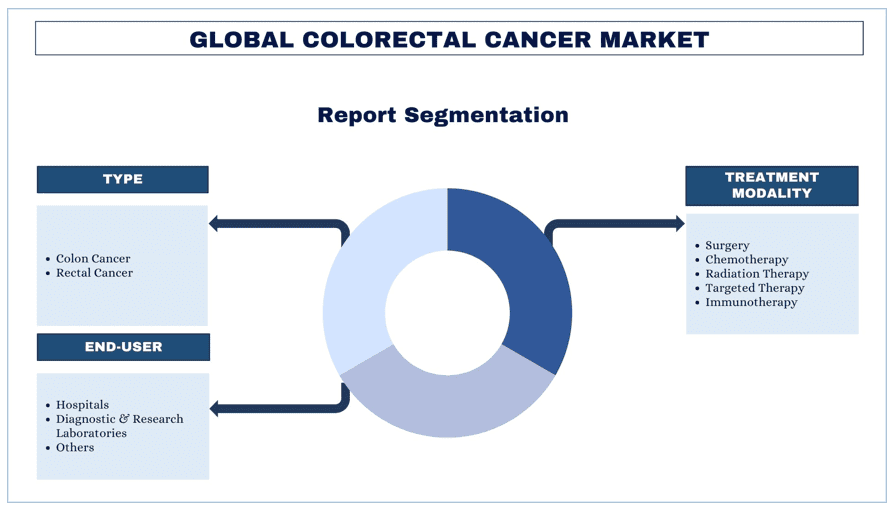
북미는 2023년 시장을 선도
북미 지역은 잘 확립된 의료 인프라와 암 검진 및 치료에 대한 인식이 높아짐에 따라 조기 진단이 표준입니다. 지역별 요인에는 진단 및 치료 기술의 발전과 표적 치료법 및 면역 요법과 같은 기타 치료법이 포함되어 있으며, 이는 북미 시장 성장에 기여했습니다. 또한 이 지역은 연구 개발에 집중하고 있습니다. 따라서 시장은 암 치료 및 새로운 약물 혁신을 경험하며, 이는 시장 성장을 촉진합니다. 예를 들어, 2023년 3월 13일, Pfizer Inc.와 Seagen Inc.는 혁신적인 암 치료법을 전문으로 하는 생명공학 회사인 Seagen을 주당 229달러 현금으로 총 430억 달러의 기업 가치로 인수하는 최종 합의를 발표했습니다. 또한 북미 지역에는 종양학을 전문으로 하고 대장직장암 치료제에 집중하는 주요 제약 회사 및 생명공학 회사가 있어 끊임없이 새로운 제품과 임상 시험 옵션을 추가하고 있습니다.
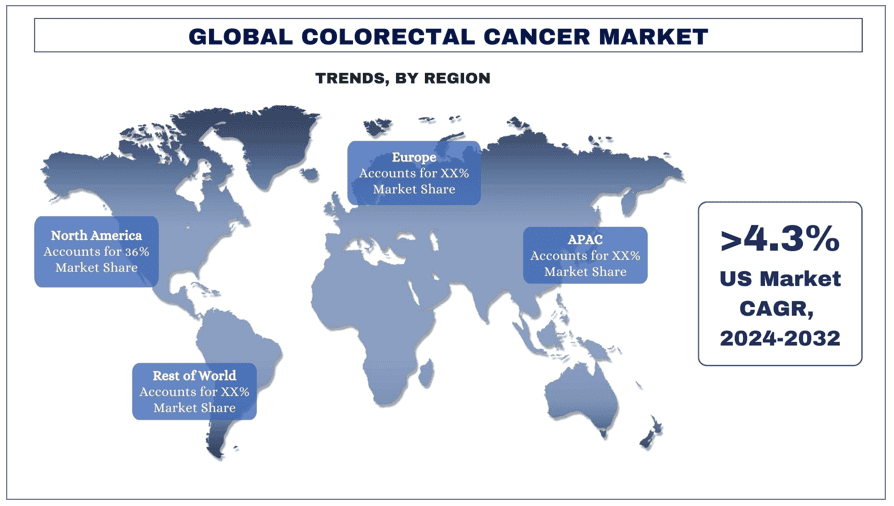
대장직장암 산업 개요
대장직장암 시장은 여러 글로벌 및 국제 시장 참여자와 경쟁이 치열합니다. 주요 참여자는 파트너십, 계약, 협업, 신제품 출시, 지리적 확장 및 인수 합병과 같은 다양한 성장 전략을 채택하여 시장 점유율을 높이고 있습니다. 시장에서 활동하는 주요 참여자 중 일부는 Pfizer Inc., Bristol Myers Squibb, F. Hoffmann-La Roche Ltd, Merck KGaA, Amgen Inc., Eli Lilly and Company, Bayer AG, TAIHO PHARMACEUTICAL CO., LTD., Sanofi, Takeda Pharmaceutical Company Limited입니다.
대장직장암 시장 뉴스
2024년 4월 8일, Bristol Myers Squibb는 이전에 치료받은 KRASG12C 돌연변이 국소 진행성 또는 전이성 대장직장암(CRC) 환자를 위한 표적 치료 옵션으로 cetuximab과 병용하여 KRAZATI(adagrasib)를 평가하는 1/2상 KRYSTAL-1 연구의 코호트 데이터를 발표했습니다.
2023년 11월 8일, Takeda는 미국 식품의약국(FDA)이 플루오로피리미딘, 옥살리플라틴 및 이리노테칸 기반 화학 요법, 항-VEGF 치료법 및 RAS 야생형이고 의학적으로 적절한 경우 항-EGFR 치료법으로 이전에 치료받은 전이성 대장직장암(mCRC) 성인 환자를 위한 경구 표적 치료법인 FRUZAQLA(fruquintinib)를 승인했다고 발표했습니다.
2021년 9월 28일, Eli Lilly and Company는 미국 식품의약국(FDA)이 Pfizer, Inc.에서 판매하는 BRAFTOVI(encorafenib)와 병용하여 BRAF V600E 돌연변이가 있는 전이성 대장직장암(CRC) 성인 환자를 치료하기 위해 ERBITUX(cetuximab 주사)에 대한 새로운 적응증을 승인했다고 발표했습니다.
대장직장암 시장 보고서 범위
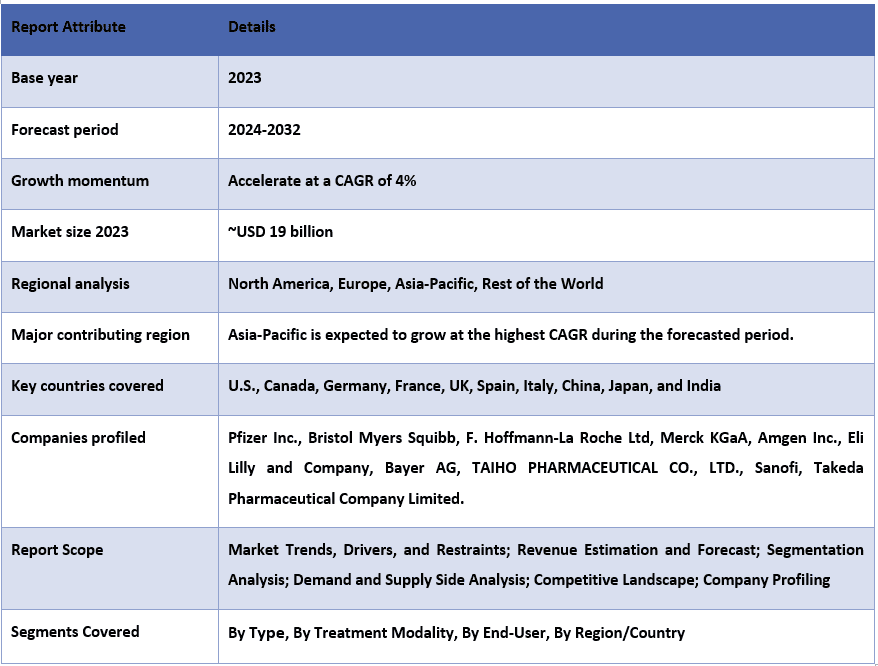
이 보고서를 구매해야 하는 이유:
- 이 연구에는 인증된 주요 업계 전문가가 검증한 시장 규모 및 예측 분석이 포함되어 있습니다.
- 이 보고서는 전체 산업 성과를 한 눈에 빠르게 검토하여 제시합니다.
- 이 보고서는 주요 비즈니스 재무, 제품 포트폴리오, 확장 전략 및 최근 개발에 중점을 두고 주요 업계 관계자에 대한 심층 분석을 다룹니다.
- 업계에서 널리 퍼져 있는 동인, 제약, 주요 트렌드 및 기회에 대한 자세한 검토.
- 이 연구는 다양한 부문에서 시장을 포괄적으로 다룹니다.
- 업계에 대한 심층적인 지역 수준 분석.
사용자 정의 옵션:
전 세계 대장직장암 시장은 요구 사항 또는 다른 시장 세분에 따라 추가로 맞춤 설정할 수 있습니다. 이 외에도 UMI는 귀하가 귀하의 고유한 비즈니스 요구 사항을 가질 수 있음을 이해하므로 귀하의 요구 사항에 완벽하게 맞는 보고서를 받으려면 언제든지 문의하십시오.
목차
대장직장암 시장 분석을 위한 연구 방법론 (2024-2032)
전 세계 주요 지역에서 대장직장암의 채택을 생성하고 분석하기 위해 과거 시장 분석, 현재 시장 추정, 전 세계 대장직장암의 미래 시장 예측의 세 가지 주요 단계를 거쳤습니다. 과거 시장 수치를 수집하고 현재 시장 규모를 추정하기 위해 광범위한 2차 연구가 수행되었습니다. 둘째, 이러한 통찰력을 검증하기 위해 수많은 결과와 가정이 고려되었습니다. 또한 전 세계 대장직장암 시장의 가치 사슬 전반에 걸쳐 업계 전문가와의 광범위한 1차 인터뷰도 수행되었습니다. 1차 인터뷰를 통해 시장 수치를 가정하고 검증한 후, 전체 시장 규모를 예측하기 위해 톱다운/바텀업 방식을 사용했습니다. 그 후, 시장 세분화 및 데이터 삼각 측량 방법을 채택하여 업계의 부문 및 하위 부문의 시장 규모를 추정하고 분석했습니다. 자세한 방법론은 다음과 같습니다.
과거 시장 규모 분석
1단계: 2차 소스 심층 연구:
연례 보고서 및 재무 제표, 성과 발표, 보도 자료 등과 같은 회사 내부 소스와 저널, 뉴스 및 기사, 정부 간행물, 경쟁사 간행물, 부문 보고서, 제3자 데이터베이스 및 기타 신뢰할 수 있는 간행물을 포함한 외부 소스를 통해 대장직장암 시장의 과거 시장 규모를 얻기 위해 자세한 2차 연구를 수행했습니다.
2단계: 시장 세분화:
대장직장암 시장의 과거 시장 규모를 얻은 후, 주요 지역의 다양한 부문 및 하위 부문에 대한 과거 시장 통찰력과 점유율을 수집하기 위해 자세한 2차 분석을 수행했습니다. 주요 부문은 유형, 치료 양식, 최종 사용자 및 지역으로 보고서에 포함되어 있습니다. 또한 해당 지역의 테스트 모델 전반적인 채택을 평가하기 위해 국가 수준의 분석이 수행되었습니다.
3단계: 요인 분석:
다양한 부문 및 하위 부문의 과거 시장 규모를 획득한 후, 대장직장암 시장의 현재 시장 규모를 추정하기 위해 자세한 요인 분석을 수행했습니다. 또한 대장직장암 시장의 유형, 치료 양식, 최종 사용자 및 지역과 같은 종속 및 독립 변수를 사용하여 요인 분석을 수행했습니다. 전 세계 대장직장암 시장 부문에서 최고의 파트너십, 인수 합병, 사업 확장 및 제품 출시를 고려하여 수요 및 공급 측면 시나리오에 대한 철저한 분석이 수행되었습니다.
현재 시장 규모 추정 및 예측
현재 시장 규모 측정:위의 3단계에서 얻은 실행 가능한 통찰력을 바탕으로, 우리는 현재 시장 규모, 전 세계 대장직장암 시장의 주요 참여자, 그리고 부문의 시장 점유율에 도달했습니다. 필요한 모든 점유율 분할 및 시장 세분화는 위에 언급된 2차 접근 방식을 사용하여 결정되었으며 1차 인터뷰를 통해 검증되었습니다.
추정 및 예측:시장 추정 및 예측을 위해, 동인 및 추세, 제약 조건, 이해 관계자가 사용할 수 있는 기회를 포함한 다양한 요인에 가중치를 부여했습니다. 이러한 요인을 분석한 후, 상향식/하향식 접근 방식과 같은 관련 예측 기법을 적용하여 주요 시장 전반의 다양한 세그먼트 및 하위 세그먼트에 대한 2032년 시장 예측에 도달했습니다. 시장 규모를 추정하기 위해 채택된 연구 방법론은 다음과 같습니다:
- 주요 시장 내 대장직장암 시장의 수익(USD) 및 채택률 측면의 산업 시장 규모
- 시장 세그먼트 및 하위 세그먼트의 모든 백분율 점유율, 분할 및 분석
- 제공되는 제품 측면에서 글로벌 대장직장암 시장의 주요 업체. 또한, 빠르게 성장하는 시장에서 경쟁하기 위해 이러한 플레이어가 채택한 성장 전략
시장 규모 및 점유율 검증
1차 조사:주요 지역 전반의 주요 지역(CXO/VP, 영업 책임자, 마케팅 책임자, 운영 책임자, 지역 책임자, 국가 책임자 등)을 포함한 핵심 의견 리더(KOL)와 심층 인터뷰를 수행했습니다. 그런 다음 1차 조사 결과를 요약하고 통계 분석을 수행하여 제시된 가설을 입증했습니다. 1차 조사의 입력을 2차 결과와 통합하여 정보를 실행 가능한 통찰력으로 전환했습니다.
다양한 지역의 1차 참여자 분할

시장 엔지니어링
데이터 삼각 측량 기술을 사용하여 전체 시장 추정을 완료하고 글로벌 대장직장암 시장의 각 세그먼트 및 하위 세그먼트에 대한 정확한 통계 숫자에 도달했습니다. 글로벌 대장직장암 시장의 유형, 치료 방식, 최종 사용자 및 지역의 다양한 매개변수와 추세를 연구한 후 데이터를 여러 세그먼트 및 하위 세그먼트로 분할했습니다.
글로벌 대장직장암 시장 연구의 주요 목표
연구에서 글로벌 대장직장암 시장의 현재 및 미래 시장 추세가 명확히 밝혀졌습니다. 투자자는 연구에서 수행된 정성적 및 정량적 분석을 바탕으로 투자를 위한 판단을 내릴 수 있는 전략적 통찰력을 얻을 수 있습니다. 현재 및 미래의 시장 추세는 지역 수준에서 시장의 전반적인 매력을 결정하여 산업 참여자가 아직 개척되지 않은 시장을 활용하여 선점 우위를 확보할 수 있는 플랫폼을 제공합니다. 연구의 다른 정량적 목표는 다음과 같습니다:
- 가치(USD) 측면에서 대장직장암 시장의 현재 및 예측 시장 규모를 분석합니다. 또한 다양한 세그먼트 및 하위 세그먼트의 현재 및 예측 시장 규모를 분석합니다.
- 연구의 세그먼트에는 유형, 치료 방식, 최종 사용자 및 지역 영역이 포함됩니다.
- 대장직장암에 대한 규제 프레임워크 정의 및 분석
- 다양한 중개자의 존재와 관련된 가치 사슬을 분석하고 업계의 고객 및 경쟁사 행동을 분석합니다.
- 주요 지역의 대장직장암 시장의 현재 및 예측 시장 규모를 분석합니다.
- 보고서에서 연구된 주요 지역 국가는 아시아 태평양, 유럽, 북미 및 기타 지역을 포함합니다.
- 대장직장암 시장의 회사 프로필 및 빠르게 성장하는 시장에서 지속하기 위해 시장 참여자가 채택한 성장 전략.
- 업계의 심층 지역 수준 분석
자주 묻는 질문 자주 묻는 질문
Q1: 대장 직장암 시장의 현재 시장 규모와 성장 잠재력은 무엇인가?
Q3: 유형별 대장 직장암 시장에서 가장 큰 점유율을 차지하는 세그먼트는 무엇인가?
Q4: 대장 직장암 시장의 새로운 기술과 트렌드는 무엇인가?
Q5: 어떤 지역이 대장 직장암 시장을 지배할 것인가?
관련 보고서
이 상품을 구매한 고객님들도 함께 구매하신 상품


